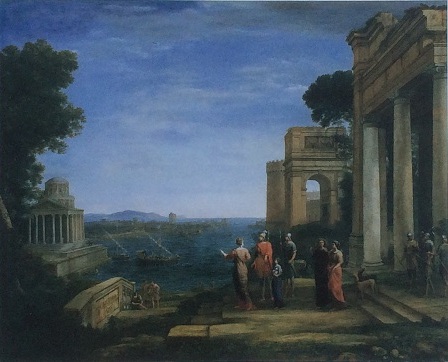Following a consultation with my tutor last week, I have decided to make some adjustments to my assessment submission prior to submitting the work to the OCA. These are small changes to improve the quality of my work and to ensure that it is clear and easy for the assessment team to read and evaluate.
Fortunately as the majority of my work is online and as such is presented digitally, very little work needs to be printed out and sent to the office at Barnsley. Phew!
What changes have I made following advice from my tutor?
- The opening sentences of the essays have been adjusted to make a more confident statement.
- I have scoured the essays to ensure that it is clear where I obtained my information, as I must avoid plagiarism at all costs! Thus the facts are properly referenced to avoid any potential confusion.
- In the earlier pieces I have removed the duplicated reference lists as these are surplus to requirements. These were mistakenly inserted twice originally due to a misunderstanding between myself and my first tutor.







